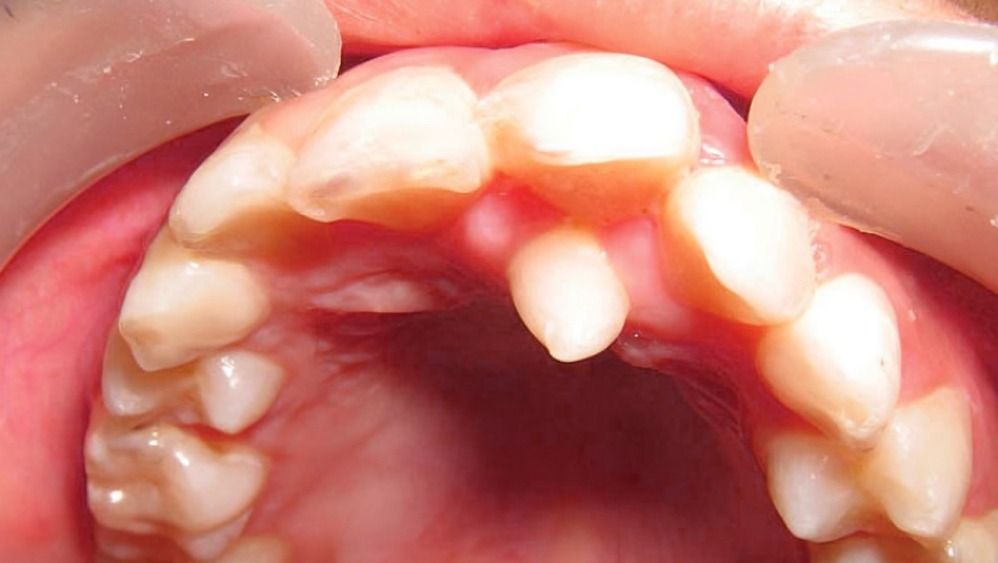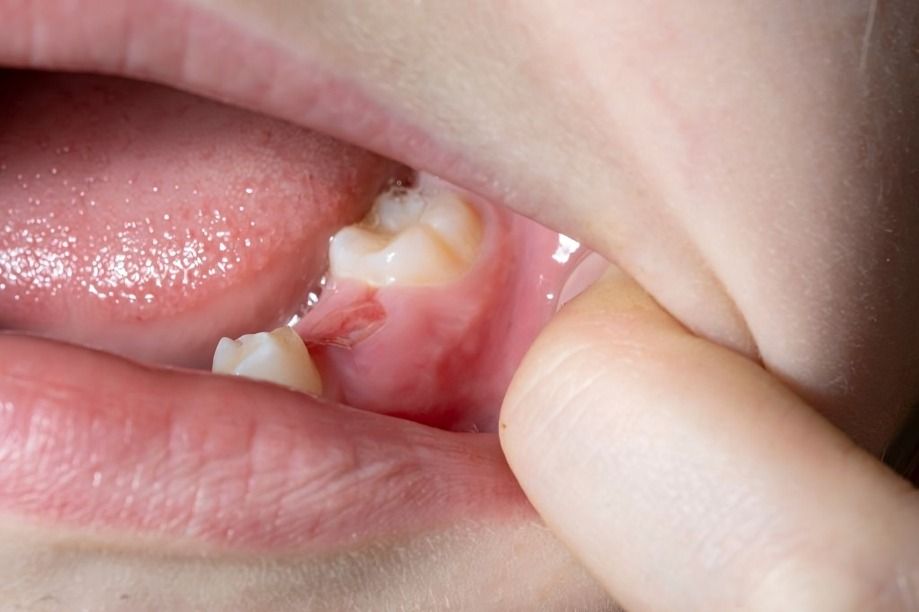
“
Molars play a crucial role in our dental health by helping with chewing and grinding food. This post will uncover 20 Splendid Facts About Molars, highlighting their unique features and importance. From their diverse types to their essential functions, these facts will deepen your understanding of these vital teeth. Whether you're a dental enthusiast or just curious about molars, this blog promises intriguing insights into these often-overlooked giants of our smile.1
1
”
Molars are the large, flat teeth at the back of your mouth designed for grinding and crushing food. Humans typically have three sets of molars on each side of the upper and lower jaws, totalling twelve molars.1
Each major cusp on an upper molar has prefixes like proto-, para-, and meta-, and the suffix -id for lower molars (e.g., protoconid). Minor cusps have suffixes like -ule (e.g., protoconid), while shelf-like ridges are cingulums on upper molars.2
Unlike incisors and canines, molars have multiple roots. Typically, upper molars have three roots, while lower molars usually have two. These roots anchor the teeth firmly in place.3
The enamel on molars is the hardest substance in the human body, even harder than bones. It protects the tooth from decay and damage while handling the heavy stress of chewing.4
An average adult has 12 molars, with three types on each side of the upper and lower jaws. The first molars, or six-year molars, emerge at age 6; the second molars, or 12-year molars, appear at 12; and wisdom teeth are between 17 and 21.5

Some people are born with an extra set of molars called supernumerary molars. This rare condition can lead to overcrowding or alignment issues in the mouth.
The molars' chewing surfaces are covered with enamel, dentin, and a layer of cementum. This multi-layered structure provides the strength and durability necessary for their grinding function.6
In early human ancestors, molars were larger and had more cusps than modern humans. This adaptation was crucial for processing their diet's tougher, raw plant materials.7
The upper first molars, or "six-year molars," typically erupt around age six. These molars are the first permanent teeth to come through, setting the stage for the rest of the dentition.8
Molars are often affected by dental issues like cavities and gum disease due to their complex surfaces and difficulty in cleaning. Regular brushing and flossing are essential to maintain their health.9
Molars play a significant role in orthodontics, as misaligning these teeth can impact bite function and overall dental health. Orthodontic treatments often aim to correct molar positioning for optimal function.10
In ancient times, dental tools were used to extract or file down molars. Early dentistry practices show the importance of these teeth in overall oral health and their management throughout history.11
The enamel on the molars can be subject to erosion from acidic foods and beverages. Maintaining a balanced diet and good oral hygiene can help prevent enamel damage and preserve the integrity of molars.12

Molars can exhibit variations in number and shape due to genetic factors. Some individuals may have more or fewer molars, or the molars may have unique shapes and structures.
Molars are incredibly strong and can exert up to 200 pounds of pressure per square inch, allowing them to effectively break down tough foods like fibrous plants and meat during chewing.13
Molars have been used in forensic science to help identify individuals. The unique patterns and structures of molar teeth can be matched to dental records, aiding in identifying remains.14
Molars can sometimes develop extra roots or unusual root configurations. These variations can complicate dental procedures and require specialized techniques for successful treatment.15
Molars are crucial for maintaining the alignment of the jaw and teeth. Proper alignment of molars supports overall dental health and helps prevent issues like misalignment or uneven wear on other teeth.16
Primary (baby) molars are among the last baby teeth lost, often staying in the mouth until children reach 10 to 12 years old. They remain longer than most other baby teeth.17
Not everyone develops wisdom teeth; about 35% of people are born without them or remain unerupted. Genetics and evolutionary factors can influence this variation in wisdom teeth development.18


